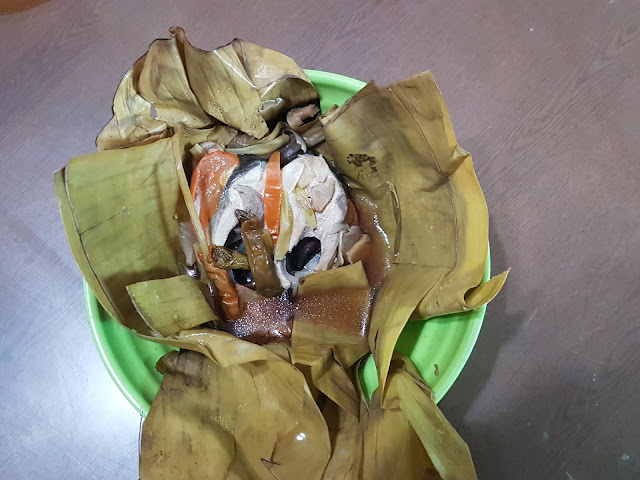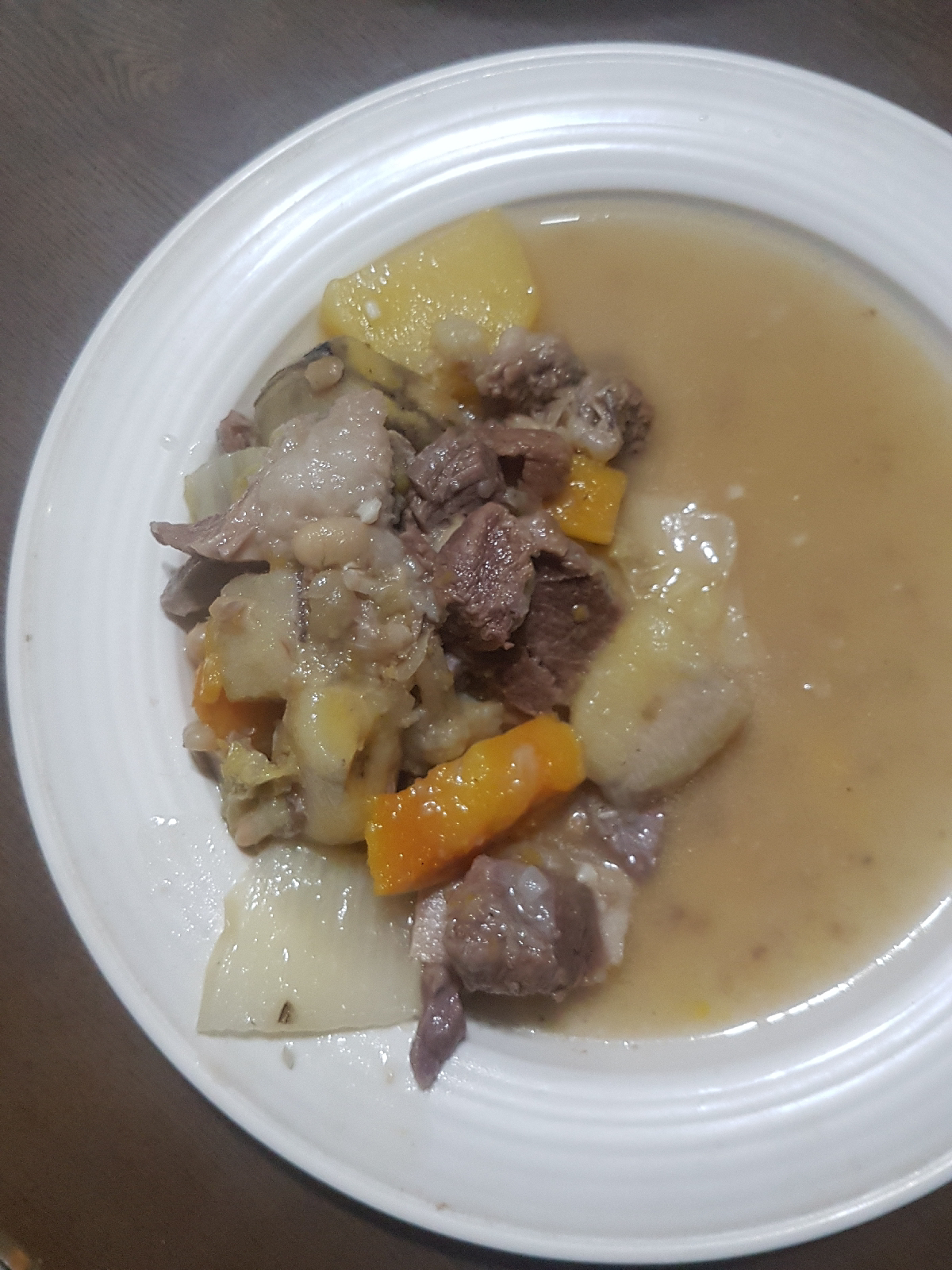Pahagunong (Book 4 Epics of Panay)

So I was able to advance to the 4th book and I was even surprised that I have no blog entry on Amburukay, the hilarious amburukay whose golden pubic hair was stolen and was made a string to a musical instrument. Well, I always write something right after I read or watch something because I will surely forget what were my thoughts. So I am writing about the Panay Bukidnon's 4th book i the epics of Panay series called Pahagunong. Well, so far, this is the difficult to read through the end book of the four I had read. And the one with no concrete ending. I believe because, this is an intro to the fifth book, Kalampay. We'll see. I won't retell the story here as it has one interesting twist and actually the heart of the whole book. After reading the four books, I just wished there is a better Filipino and English Translation, one that gives some effort to capture the Kinaray-a and I wished there is consistency in the footnoting, especially in def














